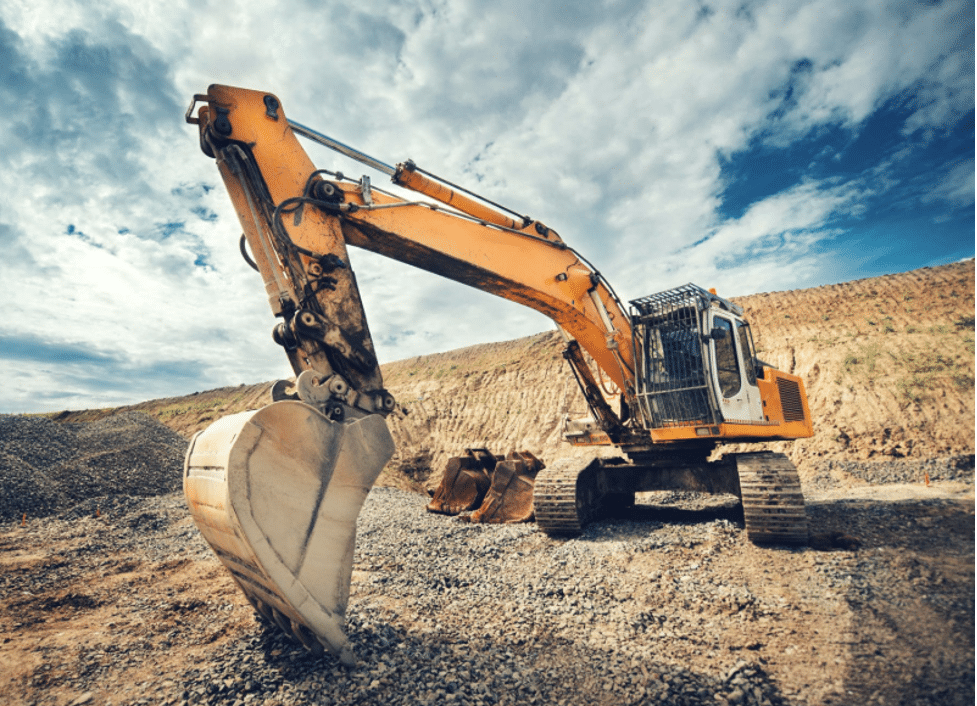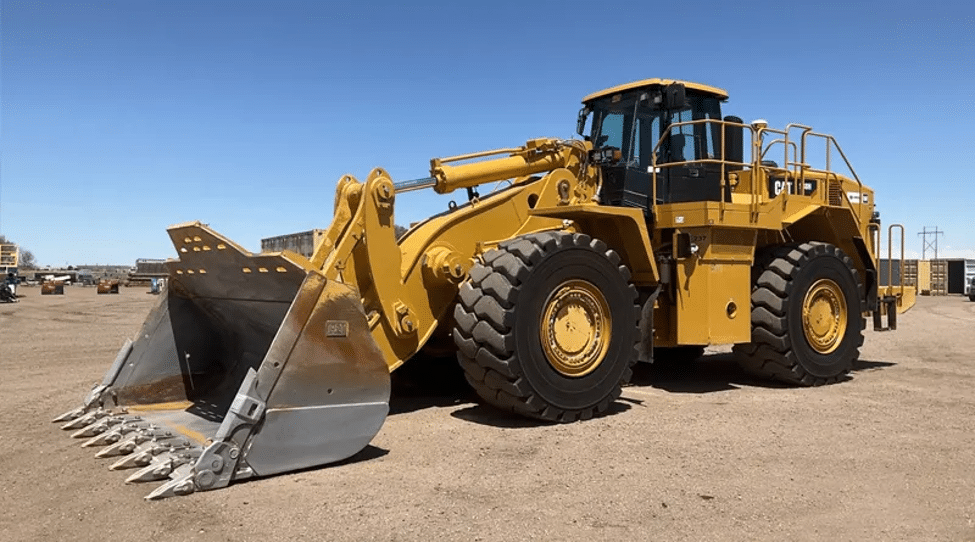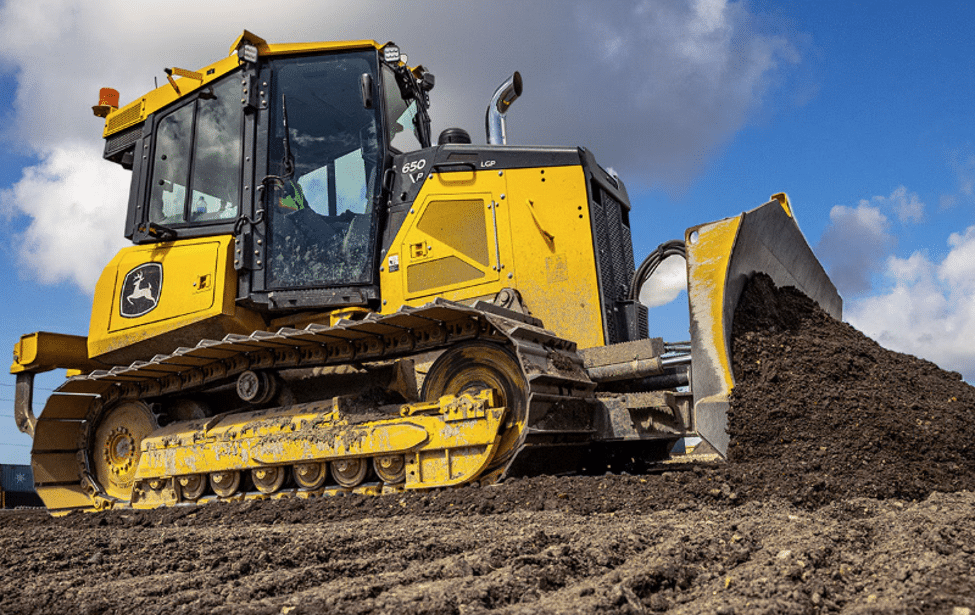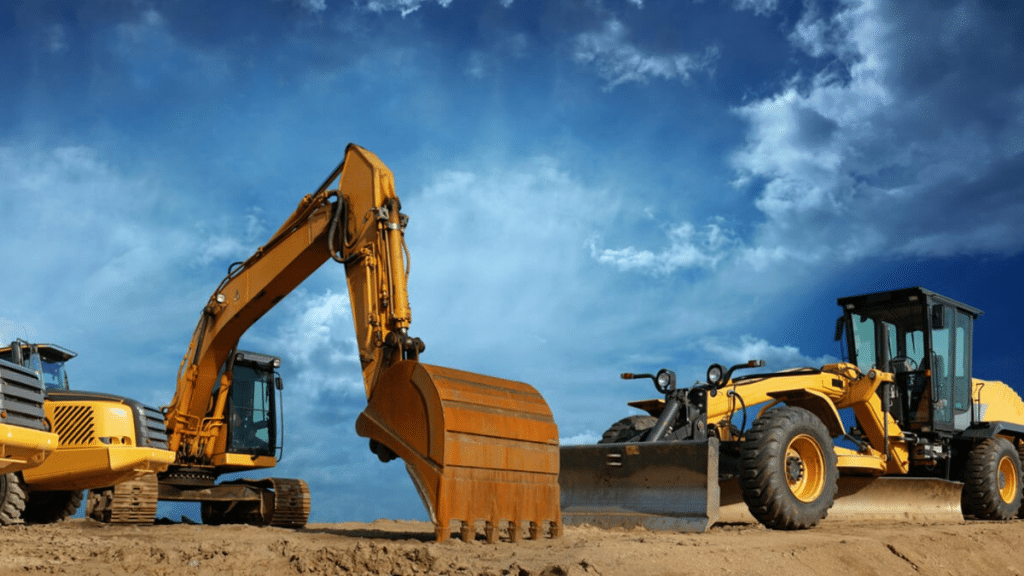Urged on by huge public and private sector infrastructure projects, the Australian construction industry is seeing exponential growth. Sales of machinery and equipment in traditional fields like construction, mining, housing, logistics and sustainable energy are estimated at nearly $US3 billion, with 15000 pieces finding new owners. The earthmoving segment is by far the largest, accounting for over half the sales with excavators, loaders and dozers of all sizes changing hands more frequently.
Excavators

The versatility of excavators in various construction and earthmoving projects means this is Australia’s best-selling piece of construction equipment. Excavators frequently feature in everything from digging, trenching and general landscaping to demolition and material handling tasks in both small and large-scale projects.
The basic configuration of buckets, arms, booms, rotating cabs, tracks (or wheels) and gutsy engines means efficient, safe and expedient moving of huge amounts of soil. This versatility is expanded with dozens of attachments (breakers, cutters, grapples etc.) to suit worksite specifics.
Not all excavators are created equal though. Factors like engine power, maneuverability, operating weight, lifting capacity and worksite suitability mean there are dozens of types to choose from:
- Crawler/standard excavators – consisting of hydraulically operated booms, arms bucket attachments and tracks, crawlers are found in heavy-duty construction, mining, landscaping and other applications. There’s more versatility with 360-degree rotating cabs and improved traction and stability in tracked systems when navigating rugged terrain with steep inclines or descents.
- Wheeled – these have wheels instead of tracks, making them more useful for urban construction and roadworks, since they can be wheeled to worksites instead of being transported on trucks or trailers.
- Short-swing radius excavators are a variation of the standard type; they use a short-swing superstructure that makes them ideal in urban and confined areas. They come in tracked or wheeled types.
- Long-reach – the extended arms and booms in long-reach excavators, with working ranges of 30 metres make them ideal in inaccessible areas, such as underwater digging or deep trenching.
- Dragline – often quite larger than standard types and usually assembled on-site, dragline excavators utilize bucket systems attached to the booms with hoists. Excavated soils and materials are dumped by hoisting and rotating the bucket. You’ll see these in large mining operations, and applications like harbour construction.
When considering an excavator also look into the size classes. Compact mini excavators are Australia’s biggest-selling construction equipment category, with applications in trenching, land clearing, digging irrigation systems, road repairs and maintenance, mining site preparation and more. They weigh less than 5 tons, have operating capacities of up to 10 tons, 30 to 60cm buckets, fully rotating cabs and the precision and versatility of different attachments without breaking the bank.
Step up to general-purpose or medium excavators with operating capacities averaging 20-35 tons, 200-300 hp diesel engines, and usually running on tracks. They’re standard equipment on many construction sites. Heavy-duty and large types, some reaching 80 tons, are seen in mining, demolition work, and larger construction projects, and transported to worksites on special trailers.
Excavator Attachments
Much of the versatility of excavators is that they can be fitted with different attachments. Buckets are the standard attachment type, with slim and toothed buckets ideal for digging and trenching or wide buckets in scooping and lifting applications. Buckets are combined with thumbs to pick up heavy materials like branches, rocks and brush.
Choose breakers to break up rocks or concrete; augers with spiralling blades for easier digging and drilling; rippers to rip through tough materials like walls in demolition work; shears when cutting steel beams, sheets and wires; and coupler attachments that allow operators to switch from one tool to another.
Loaders

Loaders are another piece of construction equipment with multiple uses. They’re heavy-duty machines designed to scoop, lift and transport materials in construction, mining, agriculture and material handling. Like excavators, they come in different sizes, use tracks or wheels for maneuverability, and have a wide range of attachments. Common types include:
- Backhoe loaders – these are built around smaller frames, offer precision and easy maneuvering, and have a proven track record in landscaping, excavating, clearing construction sites, moving building materials, tilling soil and dozens of other uses fitted with the right backhoe attachments. They have buckets up front and backhoes at the rear for extended versatility.
- Skid steers – these benefit from differential steering, allowing precise movements in tight areas, like interior demolition or underground work. They’re fitted with buckets as the standard attachment, but can also take augers, pallet forks, trenchers, brooms, rock saws, and dozer blades (among many others) in areas like general construction, landscaping, trenching, roadwork, forestry and more. Besides the wheel or track classification, also pick the size appropriate for the job. Skid steers with one-cubic metre buckets are regarded as small, those with buckets between one and three cubic metres as medium, and larger skids have buckets able to transport 5 cubic metres of materials.
- Wheel/ bucket loaders – also called front-end loaders, these benefit from high carry capacities in large-scale operations, such as road construction, transporting building materials, quarrying, logging, and clearing debris. Common attachments are grapples, jibs, rakes and shovels. They too are classified according to size and lifting capacities.
Dozers

Bulldozers are the ideal tool for clearing ground. They’re larger tractors with upright blade attachments ready to move sand, soil, and debris. Riding on tracks, they can work on almost any surface. The large attachments make them ideal for grading and prepping sites, clearing debris like stumps and rocks, and backfilling in previously excavated sites.
Common dozer types are crawlers fitted with heavy plates to load and push bulky objects on uneven ground and uncleared land; larger wheeled bulldozers with hydraulic steering and good for softer ground; mulchers in clearing dense forest and shrubbery for new residential or commercial developments and compact dozers that benefit from a smaller footprint, easier handling and just the right power for smaller tasks, like setting driveways.
When considering dozers and construction equipment for sale, attachments and dozer blades can make a world of difference. Straight dozer blades are best for stripping and ditching; curved U-blades with side wings can push items across long distances, and two-way angled blades make easy work of stumping, ditching and general earthmoving tasks. For improved control and versatility on medium to hard soils, look to PAT (Power-Angle-Tilt) blades, ideal for levelling, grading and scarping.
Besides excavators, loaders and dozers, construction sites also include cranes, graders, scrapers, rollers, drilling rigs, concrete mixing trucks and dozens of other heavy-duty equipment. These increase worksite efficiency, raise productivity, remove safety hazards involved in manual work, and provide the precision and control to streamline operations of any scale.
